2Fold Key Ring
Posted by LeatherCraftTools.com (Dec 24, 2019)
Here I'm going to make a key ring by folding the leather and keep a metal ring attaching.
Since both the front and back will be top-grain leather, it'll look high-grade. Changing colors or types of stitching will give the opus variations.
-
1.
-
Cut off the leather materials. This time I used a ready-made kit called "2 Folding Key Ring Kit".
-
2.
-
Arrange the tanned leather by stamping. Using an ink pad for both leather and tanned leather would be convenient since you can stamp various patterns.
-
3.
-
In the case of firm and flexible tanned leather, if you treat the edge of the waist part (the red circle of the picture) with an edge beveller, the edge of the leather part, where a split ring will be attached, will be protected. This time, I used a 0.8mm beveller.
-
4.
-
Finish the back and edge of the leather with gum tragacanth. You don't have to treat the body part because they will be bonded together later. It would be finished nicer if you could polish the back and corner of the edge smoothly. If gum tragacanth was dropped on the grain side, it would become a stain. So keep a wet towel, etc. at hand and wipe any excess off quickly.
-
5.
-
Apply the finishing agent to the edge of the waist part.
When you apply some gum tragacanth on the tool called foam applicator which has a form on its tip, you can control the coating amount by the degree of pressure and your work can progress. Be careful that the gum tragacanth does not protrude to the grain side.
-
6.
-
Make a hole for a rivet on the center of the charms for arrangement.
Here I used a 2.5mm hole punch. To attach the charms I used double cap rivets small type. Beforehand, I made the leather thinner so that the rivets would reach it. (Flower charms are 1.2mm thick and the body is 2.0mm thick.
-
7.
-
Moisten the charms with water and bend the petals to be the shape as you like.
Once the shape is fixed, apply some gum tragacanth.
-
9.
-
Now attach spots. Think about the design and decide the points where the claws go through.
If you make patterns using stiffener, you can make holes at the exact places. Therefore, in order to attach spots nicely, you need to make patterns with precision.
Using patterns, mark (trace) the points of holes, and make holes on the leather.
-
10.
-
If you stick tools in the wax you use for sewing before tooling, you can do insertion and removal of your tool smoothly when making holes.
This time I was planning to use a sewing machine. Therefore, I made stitching holes before attaching spots so that the pitch of the stitching wouldn't go out of rhythm.
-
12.
-
Bend the claws around the leather using a tool such as a pair of pliers. Don't fold the claws, rather, bend and stick them into the leather. That way they don't come off easily and don't get caught on your clothes or such.
-
13.
-
If you use a tool called spot setters, Step 11 will be quicker and nicer. Especially when dealing with a lot of spots, that'll be very convenient.
-
14.
-
Make the body part through the split ring, apply the leather bond and carefully bond the leather together so that they wouldn't slip off the place.
Wipe any excess off quickly.
-
15.
-
Once bond dries off, apply the gum tragacanth on the edge of the leather as in Step 5.
SP Coat will give the edge a lustrous finish. It's convenient since you can make colors you like by mixing like color paints.
-
17.
-
Punch holes for Conchos with a hole punch. Measure the diameter of the female screw and make holes it can go through.
Placing the Conchos precisely where you want them and pressing them down on the leather to make traces would be good. Here I used a 4.5mm hole punch.
-
18.
-
Attach the Conchos firmly using a screw driver. Put the female screw through the hole on the leather and tighten a rather short screw. Then the leather would enter the Conchos.
Please tighten strongly so that the leather would bend along the curve of the Conchos.
-
19.
-
Confirm the position of the flower charms and punch holes for small double-head rivets. Here I used a 2.5mm hole punch.
-
20.
-
Place the double-head rivets on the leather and attach them by a small rivet setter.
Using an almighty attaching surface that has a proper-sized dent would be very helpful.
Sign in to post a comment!
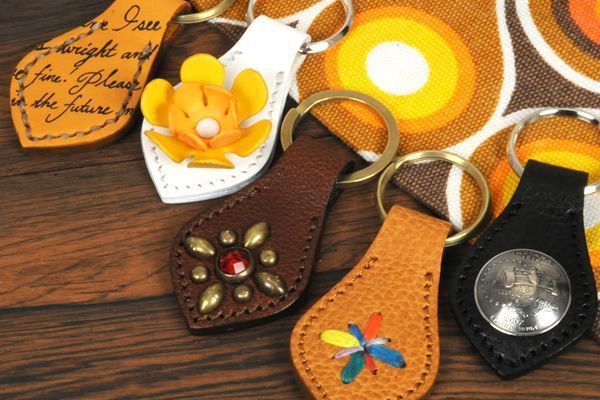
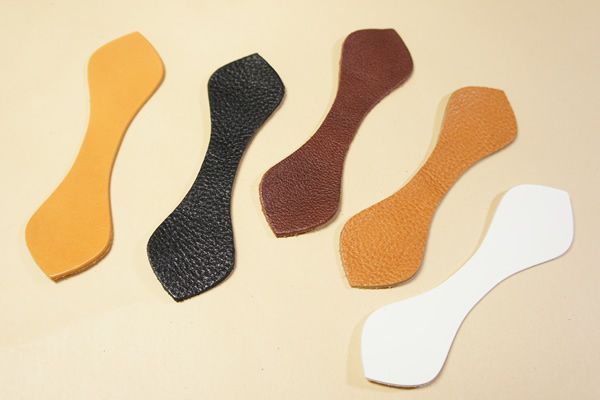




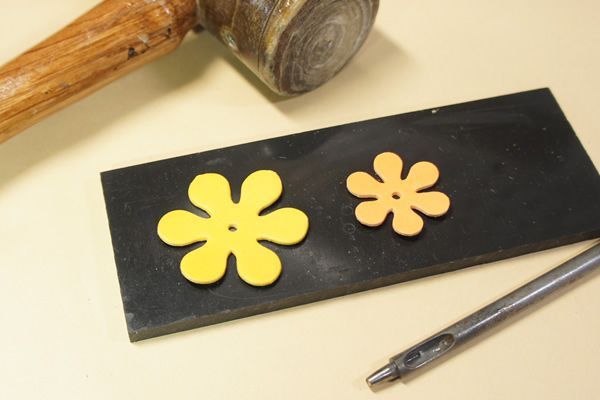
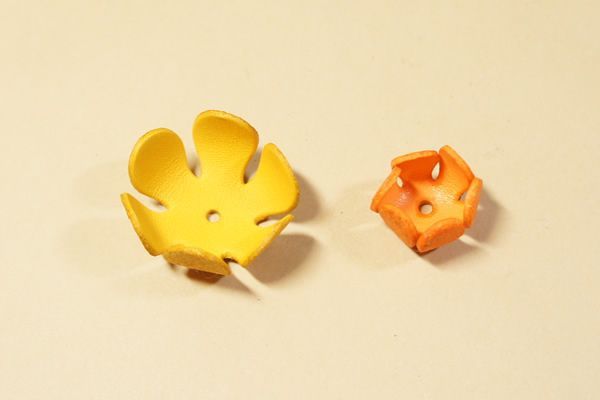
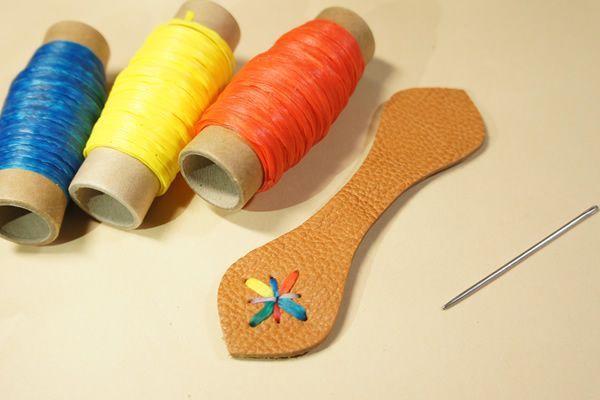


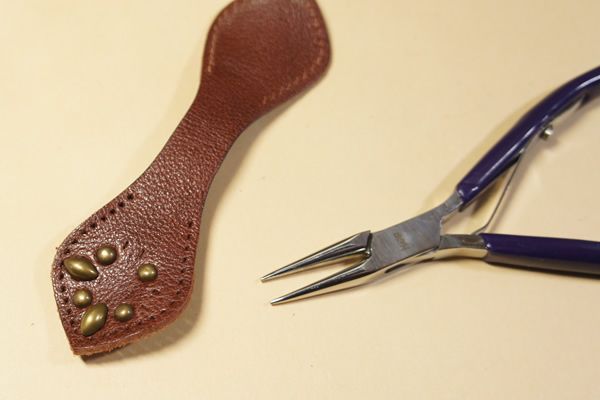
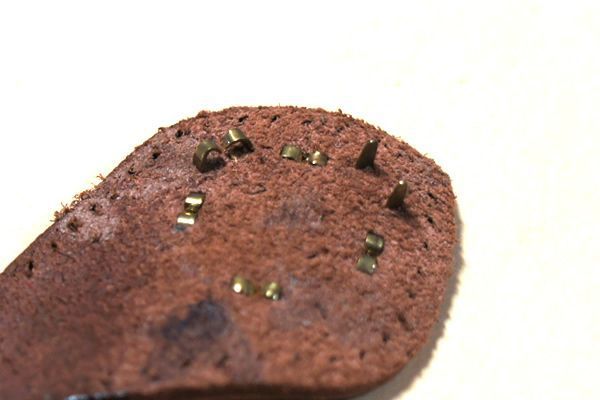

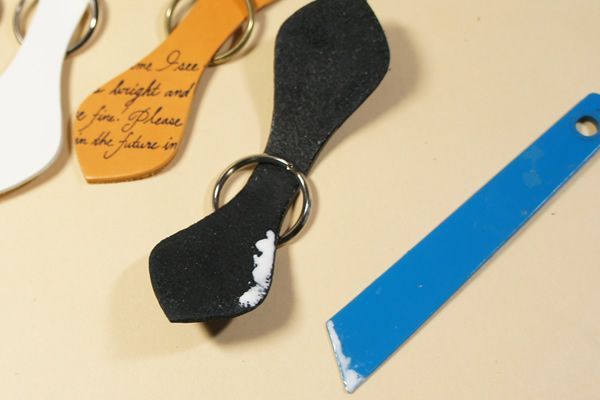
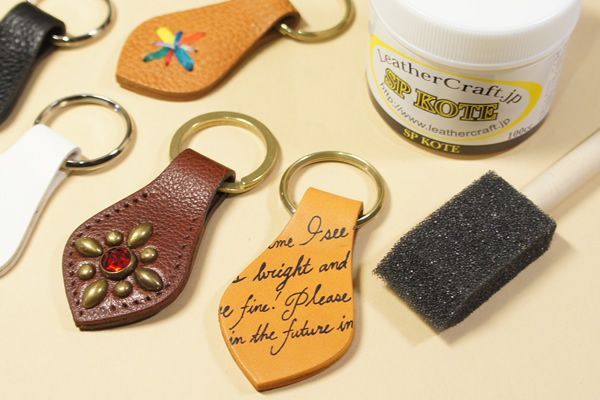
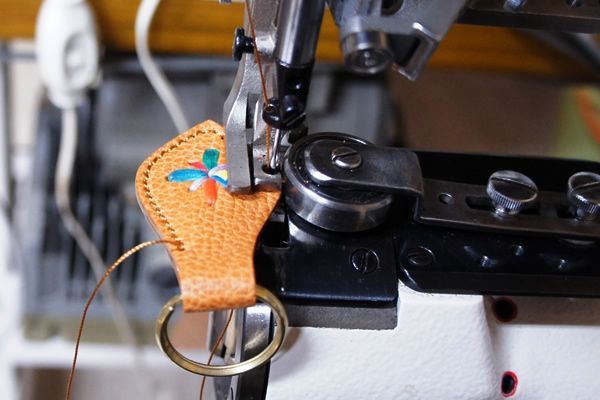
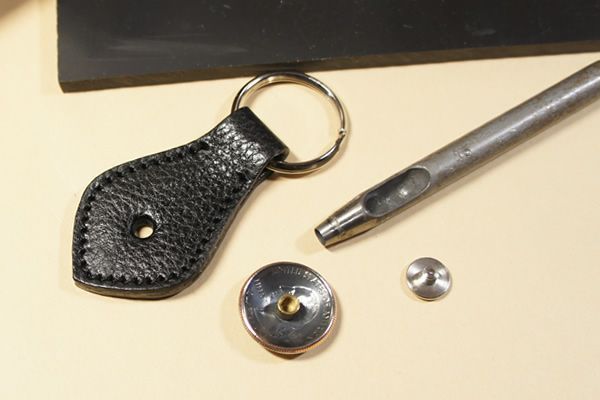



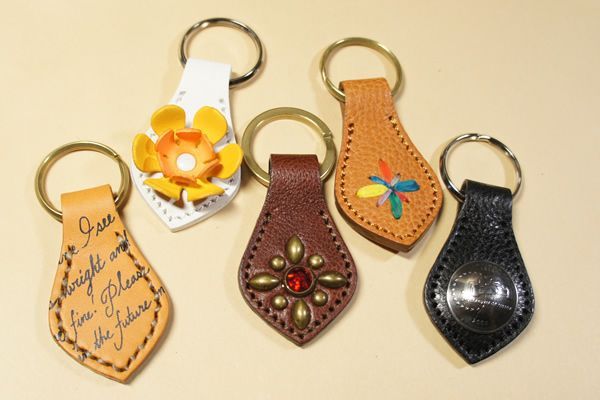



Show more